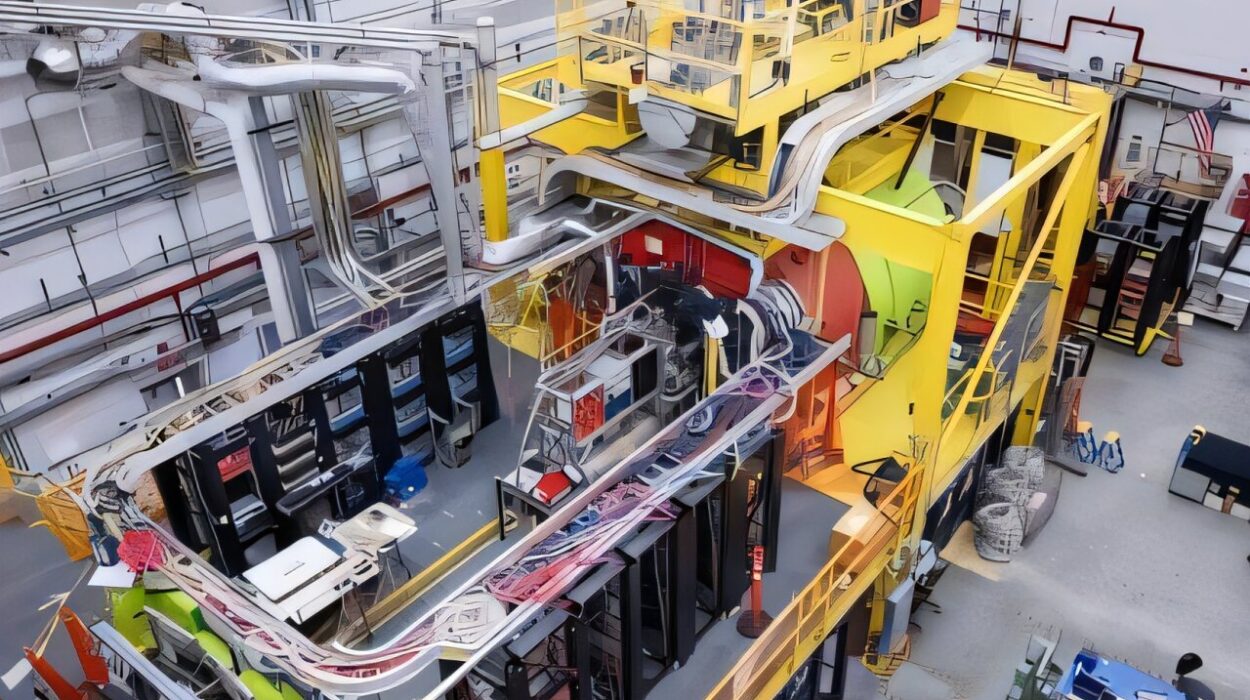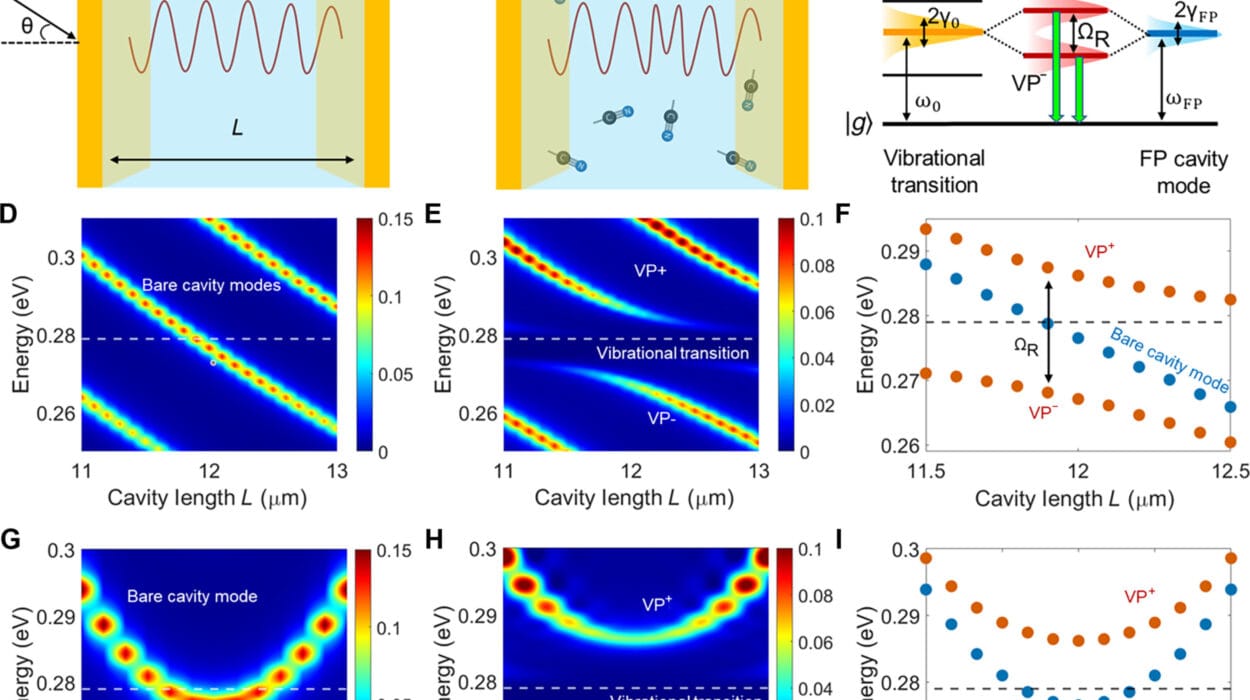Imagine stepping outside your familiar world and peering into a vast expanse of infinite realities—worlds where history took a different turn, where the laws of physics vary, or where entire universes bubble up alongside our own. This is not just a plot device from science fiction but a provocative frontier in modern physics known as the multiverse theory. The idea that our universe is but one among countless others challenges our deepest understanding of reality, existence, and the nature of the cosmos.
But what does the multiverse really mean? Does physics allow for the existence of other universes, or is it a speculative leap beyond empirical science? In this article, we journey through the origins, scientific motivations, philosophical implications, and the ongoing debates surrounding the multiverse. By weaving together the strands of quantum mechanics, cosmology, string theory, and observational evidence, we explore whether the multiverse is a bold hypothesis awaiting confirmation or an elegant mirage in the tapestry of theoretical physics.
From One Universe to Many: Historical Context
For much of human history, the idea of a single universe was taken for granted. The cosmos was viewed as a finite, possibly even geocentric structure, centered around Earth. The Copernican revolution displaced Earth from this cosmic pedestal, but the concept of “the universe” remained singular and all-encompassing.
It was not until the 20th century that the idea of multiple universes began to take serious shape. This shift arose from two revolutionary developments: the rise of quantum mechanics and the study of the universe on the largest scales through cosmology.
Quantum mechanics introduced a bizarre, probabilistic nature to reality. Instead of deterministic outcomes, particles could exist in multiple states simultaneously—a superposition—and only settle into a definite state when observed. This raised profound questions about the nature of reality itself and opened the door to interpretations involving multiple worlds or realities.
Meanwhile, cosmology was transformed by Einstein’s General Relativity and the discovery that the universe is expanding. This expansion implied a dynamic cosmos that may have emerged from a hot, dense origin—what we now call the Big Bang. As cosmologists probed deeper, they uncovered phenomena like cosmic inflation and the finely tuned constants of nature, which seemed to hint at a grander cosmic architecture than a single isolated universe.
The Quantum Multiverse: Many Worlds Interpretation
One of the most famous multiverse concepts arises from the interpretation of quantum mechanics developed by physicist Hugh Everett III in 1957. The Many Worlds Interpretation (MWI) suggests that all possible outcomes of quantum measurements are realized in separate, branching universes.
In this view, when a quantum event with multiple possible outcomes occurs—say, an electron spins up or down—both outcomes happen, but in different branches of reality. You experience just one outcome, but countless other versions of you experience the others in parallel universes.
The MWI removes the problematic “collapse” of the wavefunction, which is a mysterious process in standard quantum mechanics where possibilities suddenly reduce to a single reality upon measurement. Instead, it proposes that the wavefunction never collapses, and the universe continuously splits into a vast tree of parallel realities.
Though mathematically consistent and elegant, the Many Worlds Interpretation raises philosophical questions about identity, probability, and testability. If these parallel worlds cannot interact, can they be said to exist physically, or are they just metaphysical constructs? Nevertheless, MWI remains a serious contender in the foundations of quantum physics and fuels much debate about the reality of other universes.
Cosmic Inflation and the Landscape of Universes
While the quantum multiverse emerges from the microscopic world, another strand of multiverse theory arises from cosmology and the physics of the early universe: the inflationary multiverse.
Cosmic inflation is a theory proposed by Alan Guth and others in the early 1980s to explain some puzzling features of the Big Bang model, such as the uniformity and flatness of the observable universe. Inflation posits that in the first tiny fraction of a second after the Big Bang, the universe underwent a brief but stupendous expansion—faster than the speed of light—stretching space itself exponentially.
This rapid expansion smoothed out the cosmos and seeded the tiny fluctuations that would grow into galaxies and clusters. However, inflation also implies that it never ends everywhere. In many models, inflation is eternal, spawning “pocket universes” or “bubbles” within a larger inflating space. Each pocket universe might have its own distinct physical laws, constants, and particle content, forming an immense cosmic landscape.
This “inflationary multiverse” offers a compelling explanation for the apparent fine-tuning of the constants in our universe. If there are countless universes with varying parameters, it’s no surprise that at least one—ours—has the conditions suitable for life and complexity.
The inflationary multiverse is deeply tied to modern efforts in string theory and high-energy physics, where the number of possible vacuum states can be staggeringly large, each corresponding to a different set of physical laws.
The String Theory Multiverse and the Landscape Problem
String theory, which attempts to unify all fundamental forces and particles by modeling them as tiny vibrating strings, naturally leads to the multiverse concept through what physicists call the “landscape” problem.
String theory’s equations do not yield a unique solution but instead predict an enormous number of possible “vacua”—stable or metastable configurations of the extra dimensions and fields that define the physics of a universe. Estimates suggest there may be around 10^500 different possible vacua, each representing a different universe with its own physical constants, particle types, and forces.
This vast “landscape” of solutions is both a blessing and a challenge. It could explain why our universe’s properties appear so finely tuned—they are just one set in a cosmic lottery of possible universes. However, it also poses a problem for predictability, since without a way to pick out which vacuum describes reality, string theory risks losing explanatory power.
The string landscape dovetails naturally with the eternal inflation scenario: different pockets of inflating space could settle into different vacua, creating a multiverse of varied universes. This intertwining of ideas from cosmology and fundamental physics provides one of the most sophisticated frameworks supporting the multiverse concept.
Types of Multiverses: Classifications and Concepts
Physicist Max Tegmark proposed a useful classification scheme for multiverses, dividing them into four levels based on the nature of their differences from our universe.
Level I multiverses are simply distant regions of space beyond our observable horizon, containing the same physical laws and constants but different initial conditions. Given the universe’s vastness, regions beyond our sight could be seen as “other universes” with alternate arrangements of matter.
Level II multiverses correspond to the inflationary multiverse, where different bubble universes have different physical constants and laws due to varying vacuum states.
Level III is the Many Worlds Interpretation of quantum mechanics, where all possible quantum outcomes create branching universes.
Level IV multiverses are the most abstract, encompassing all mathematically possible structures and laws of physics, reflecting Tegmark’s view that mathematics itself is the fundamental reality.
These levels highlight the broad conceptual space the multiverse occupies, ranging from relatively conservative cosmological ideas to wildly speculative mathematical universes.
Scientific Evidence: Can We Detect Other Universes?
One of the key questions about the multiverse is whether it is scientifically testable. Critics argue that since other universes, by definition, lie beyond our observational reach or do not interact with ours, the multiverse hypothesis is unscientific—an elegant philosophical speculation rather than a falsifiable theory.
However, some physicists have proposed indirect ways to look for signs of the multiverse.
In the context of the inflationary multiverse, collisions between bubble universes might leave imprints on the cosmic microwave background—the faint afterglow of the Big Bang. Scientists have searched for such anomalies in the data from satellites like Planck and WMAP, though no conclusive evidence has emerged.
In quantum physics, experiments that test the foundations of quantum mechanics—such as interference and entanglement experiments—could support interpretations consistent with many worlds, though they do not directly confirm their existence.
The anthropic principle, which notes that we observe the universe to be suitable for life because otherwise we wouldn’t be here to observe it, is sometimes invoked as indirect support. If many universes exist, we naturally find ourselves in one that supports our existence.
While no definitive empirical proof exists yet, ongoing advances in cosmology, particle physics, and quantum information science continue to probe the boundaries of what can be observed and tested.
Philosophical Implications: Reality, Identity, and Existence
The multiverse theory forces us to reconsider age-old philosophical questions about reality and our place within it.
If countless versions of ourselves exist, differing in choices and circumstances, what does that say about free will and identity? Are “we” unique individuals, or just one branch in an infinite tree of possibilities?
The concept also challenges the notion of “the universe” as the totality of existence. If multiverses exist, reality is vastly larger and more complex than previously imagined, possibly infinite and containing all that can exist.
Some critics argue that the multiverse undermines the scientific enterprise because it makes every outcome possible, thus eroding predictability and explanation. Proponents counter that the multiverse expands our understanding of natural law and may be the only way to explain certain cosmological facts.
Ethically and existentially, the multiverse evokes awe and humility. Our universe’s uniqueness fades into a cosmic sea of infinite worlds, yet our subjective experience remains precious and singular.
The Future of the Multiverse Hypothesis
The multiverse remains one of the most tantalizing and controversial ideas in contemporary physics. As experimental techniques improve and theoretical frameworks evolve, scientists hope to gather clues that could either confirm or refute aspects of the multiverse.
The interplay between quantum mechanics, cosmology, and string theory continues to shape new models and insights. Advances in technology might allow detection of subtle signatures of other universes, or the refinement of quantum experiments might illuminate the nature of reality itself.
Philosophers, scientists, and even artists will keep grappling with the implications of a multiverse—how it reshapes our worldview and enriches our sense of wonder.
Conclusion: Are We Alone in the Cosmic Ocean?
The question “Does physics allow other universes?” takes us to the very edge of knowledge and imagination. From quantum realms to cosmic inflation, the idea of a multiverse is grounded in some of the most successful and profound theories in science. Yet it challenges the limits of observation, testability, and even meaning.
Whether the multiverse is a physical reality or a conceptual framework, it compels us to rethink what we mean by the universe, reality, and existence. It invites us to peer beyond our cosmic horizon and embrace a cosmos of infinite possibilities.
As we stand on the threshold of discovery, the multiverse beckons as both mystery and promise—a testament to the human quest to understand all that is, was, and might be.






